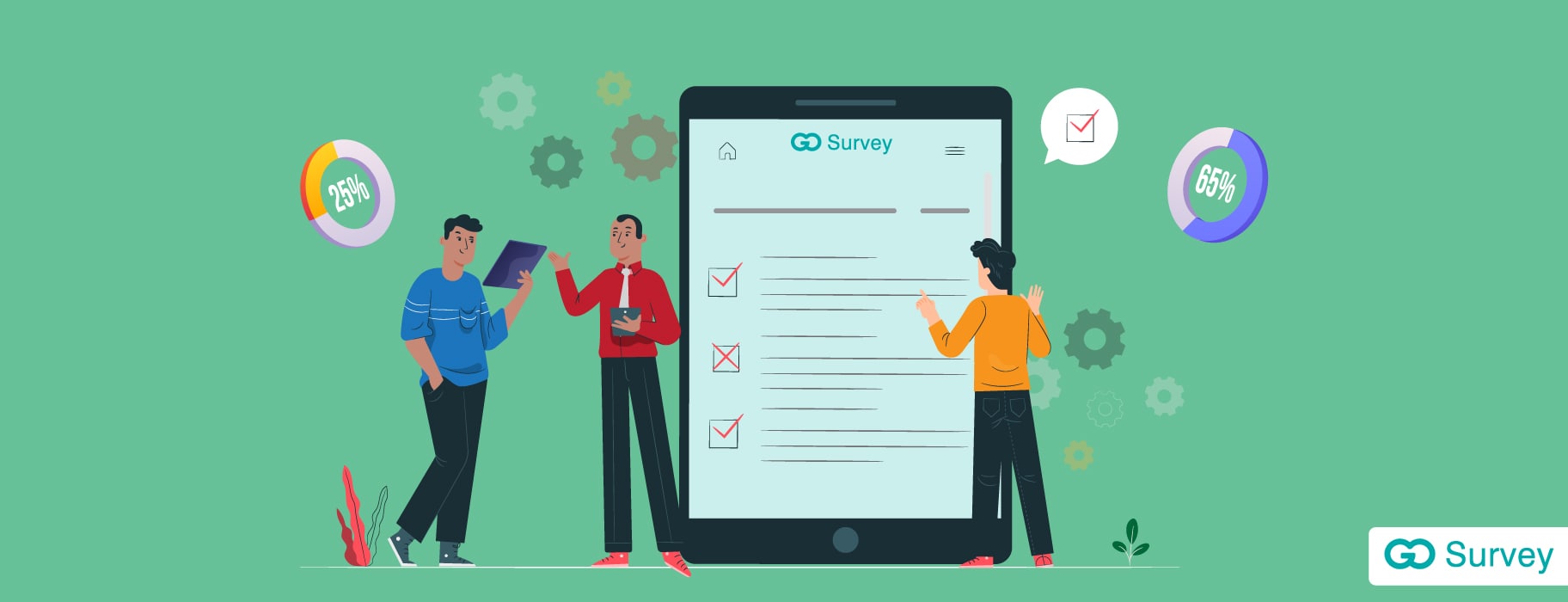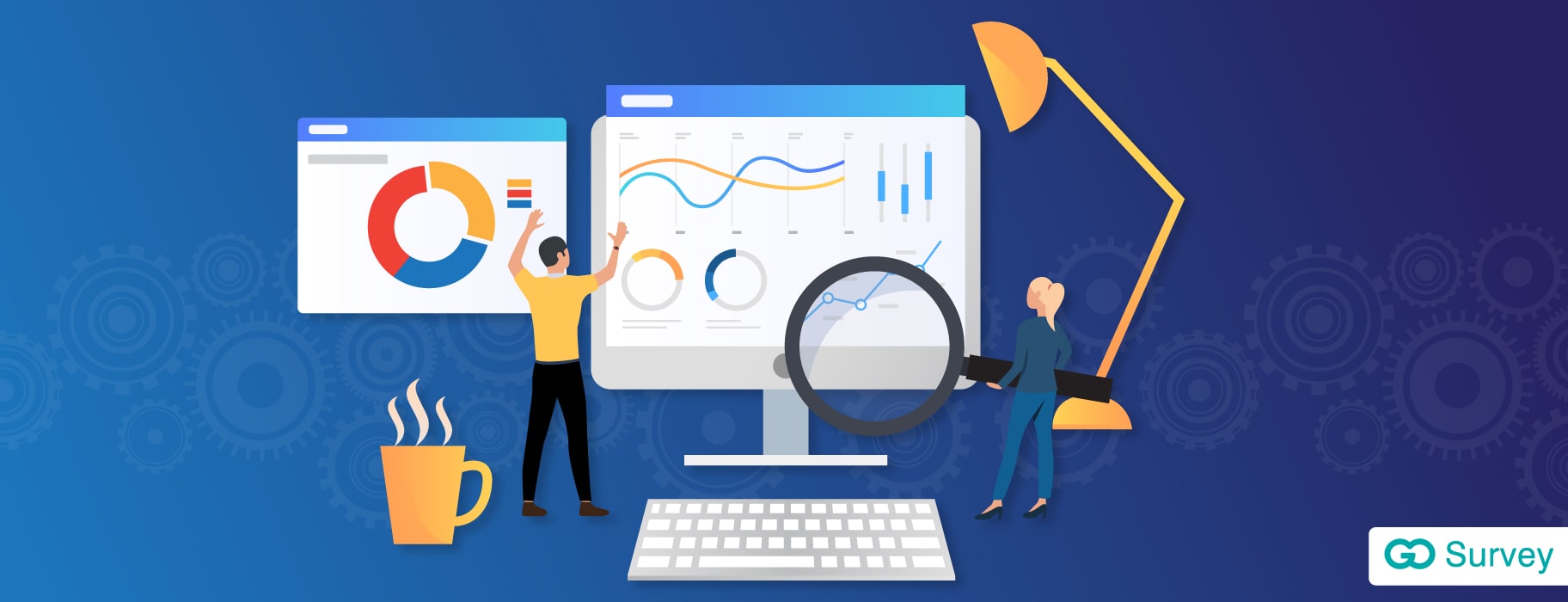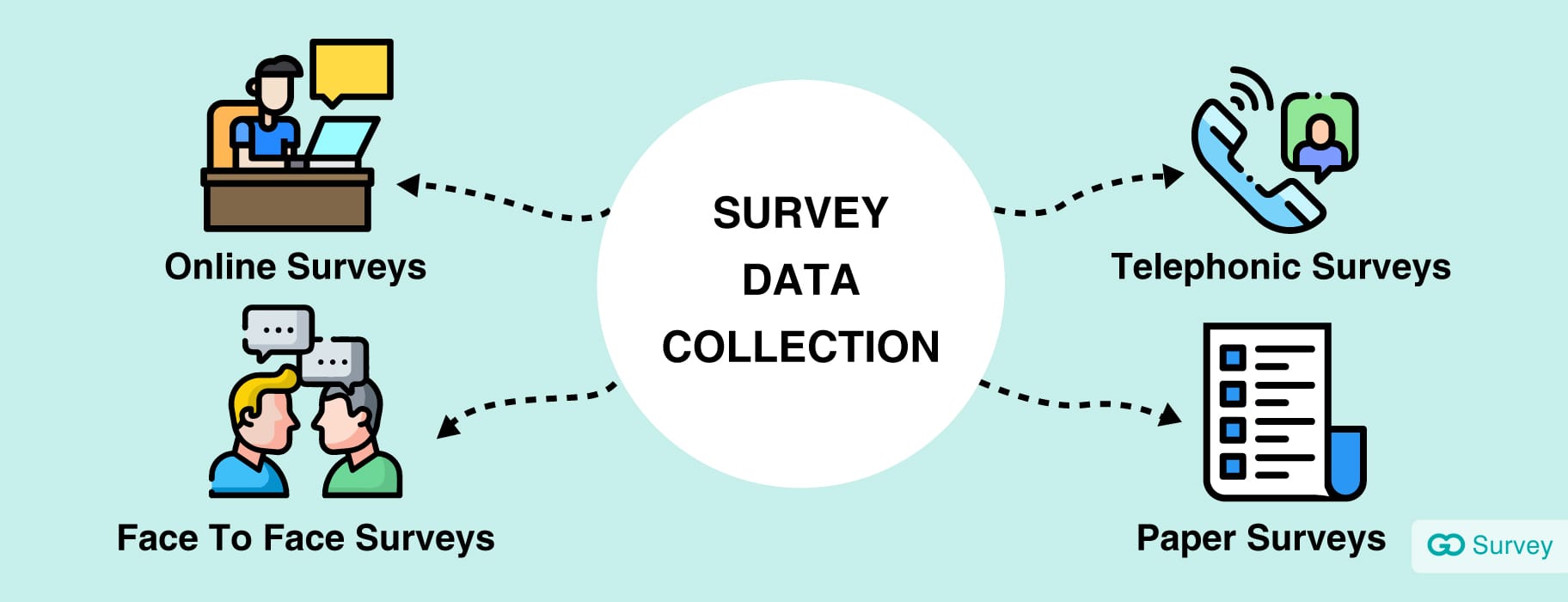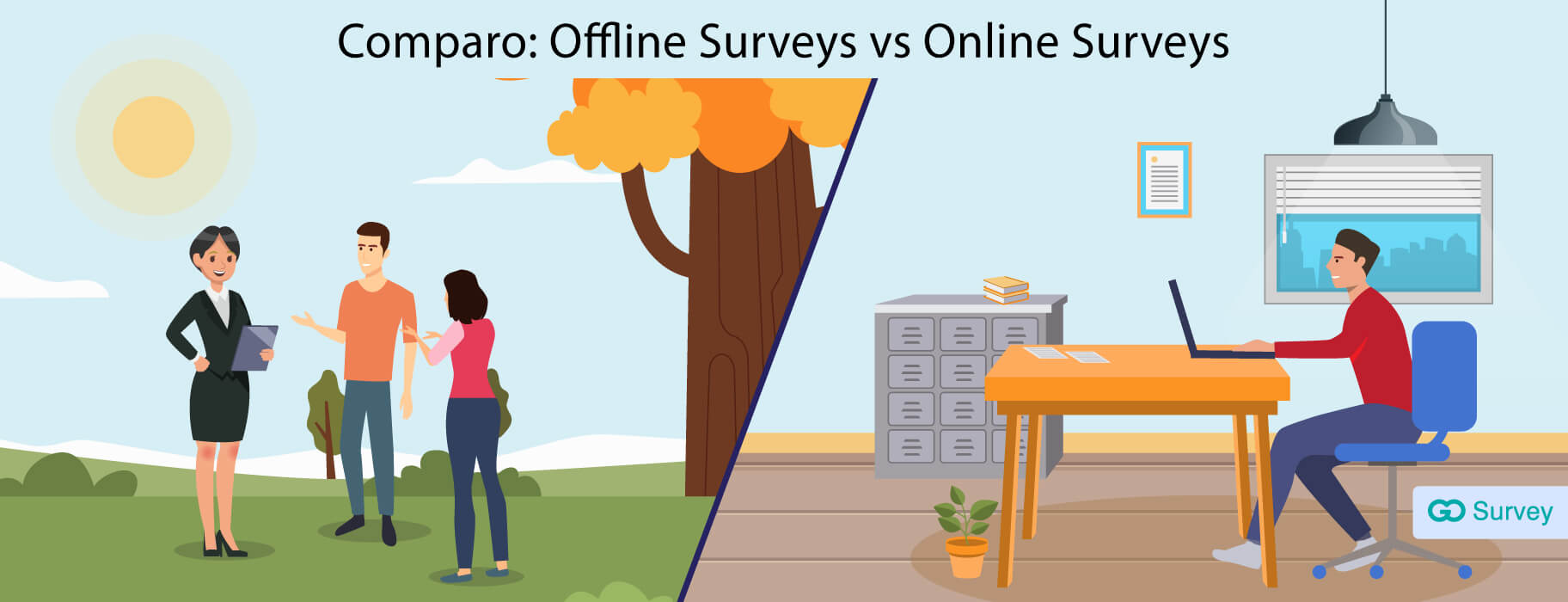If only products/services developments were enough! That’s not where you fold, because once you have them ready, it’s time for usability testing.
Usability testing analyses your final products’ performance. But sometimes, testing within your organization can have tunnel vision. So you deploy your product to the targeted customer group and know from their words how it performs.
The idea is to detect problems with prototypes and bugs, or how the beta version performs among your users. And all it comes with deploying a market research tool.
Understanding usability testing
How are your customers using your products? Did you make a rubber that your customers are chomping as chewing gum? Usability testing market research helps you understand how customers use your products or services in real-time. It could either be a knife, or an app or website.
For example, Listerine has been here for 130+ years. Its antibacterial properties were used for surgical cleaning way back in history. But the company's heuristic research gave them a meaningful insight. People started using Listerine liquid as a mouthwash. Since then, the company has marketed its bottles as an antibacterial mouthwash that kills germs and controls plaque build-up.
Where can you use it
You can use it before you fully-announce or launch the product or service in the market. For testing the prototype or beta-version, usability testing market research provides sufficient data to improvise before you go big. Here's how you can check your products' usability:
Eye-tracking market research: Generally, software companies track users' eye movements to generate heat maps in the areas where they tend to see more. But you can use market research in superstores to discover the section of the areas that attracted your buyers the most. Ask what color and interior lure, and refurbish your store accordingly.
For example, Toyota researched that 96% of its cars were sold offline. So, it was hard to analyze customer behavior. They used eye-tracking devices to discover customers and potential customers and how they interacted in the showroom.
Learnability testing: You can't sell Rubik's cubes in the name of Tic-Tac-Toe. Buyers buy because they expect ease in learnability and usability. If they find your product or service is hard to learn, they'll not buy again and motivate others not to buy! With market research surveys, you can gain insight into their level of knowledge and learning speed, and improvise your next batch of products.
For example, early in the 1980s and 90s, guitar tuners were tough nuts to crack. They were analog and needed a fair bit of learning to tune the guitar as the challenges in learning guitar were not enough. Market research pushed tuner-manufacturing companies to develop auto-tuners that made it easier for pros and novices to tune their guitars right from the word go.
Checklist testing: One good way to test your business product or service is by giving it to your niche user and instructing them to perform or use it. Then you can record their experiences, likes and dislikes, reviews, and thoughts and play around these data to make necessary changes.
For example, giant garment companies hire models and influencers to have words on their products. They used market research by putting vital questions on garment weight and dimensions, materials, color consistency, markings, and labelings such as sizes and composition. Once they're approved, they give green signals to large-scale production.
How to do it
Whether you're testing a physical or digital product, setting your questions around usability will get you off the cuff and help you make necessary changes in the spur of the moment. Your users want to know you for solving their problems efficiently and without challenging their central route of thinking. You should conduct surveys to make your products customer-friendly.
GoSurvey for usability testing
Researching usability testing can get dicey if you’re not using an efficient tool. Ask yourself: how will you note down the responses from the customers?
It’s almost possible to gain meaningful insight from A/B testing without an efficient tool at your disposal. Fortunately, GoSurvey offline mobile survey app has other plans for you.
The tool lets you set up questionnaires, share it with your audience, collect their mood on interaction with the service, and give meaningful insight for early improvisation.









